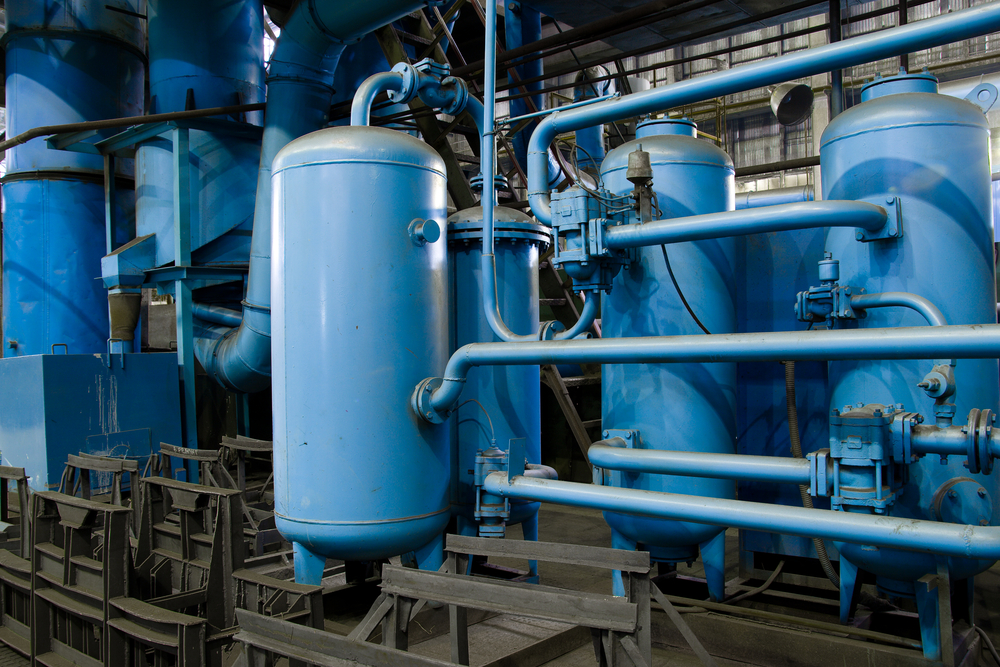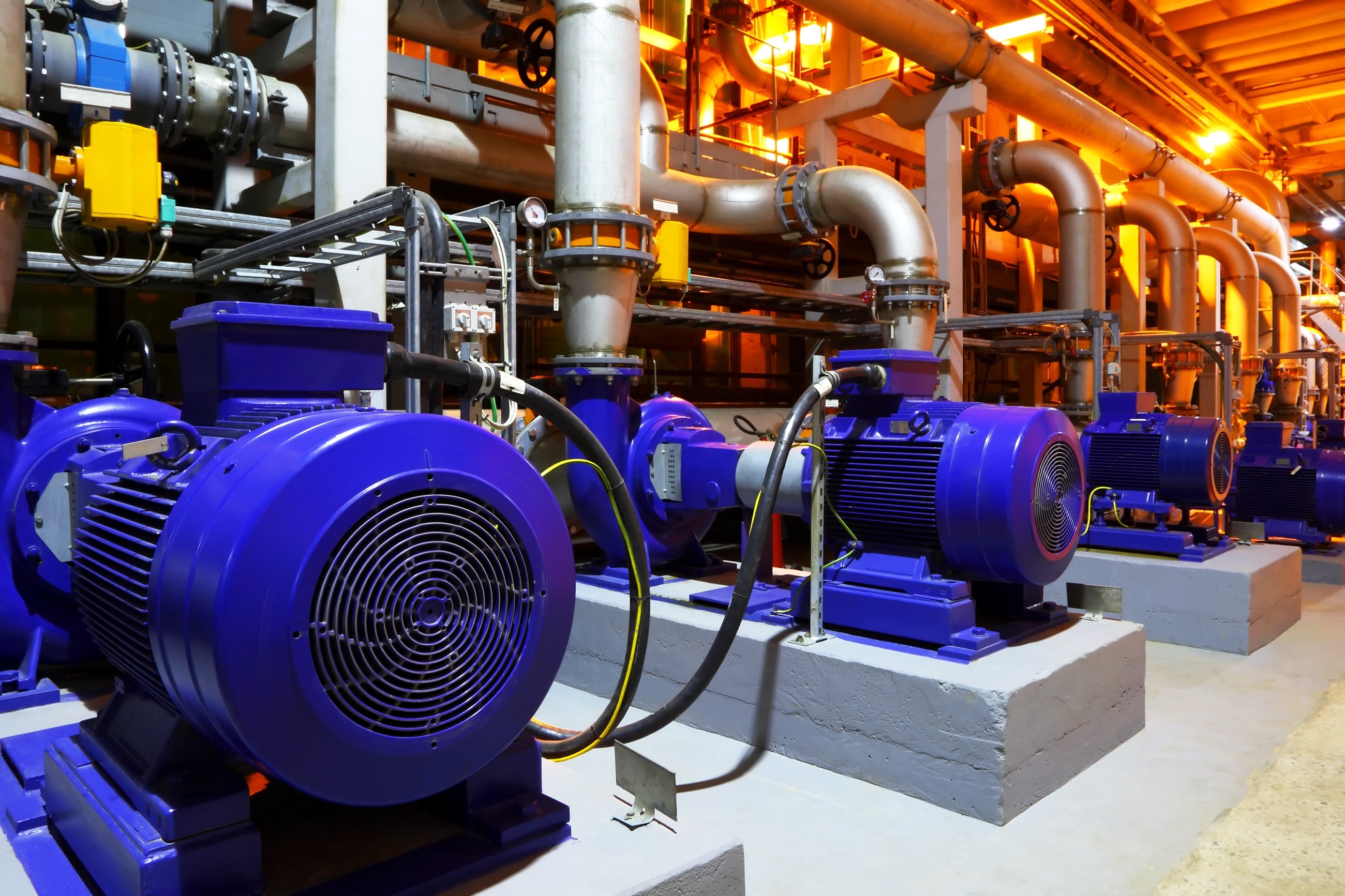Leading Techniques for Dealing with Low Water Pressure in Your Home
Leading Techniques for Dealing with Low Water Pressure in Your Home
Blog Article
Each person has got their unique thinking when it comes to Dealing with Low Water Pressure in Your Home.

Low tide pressure in your house can be a frustrating issue, influencing everything from bathing to cleaning recipes. If you're experiencing weak water circulation, there are numerous feasible reasons and remedies to check out. In this overview, we'll talk about common reasons for low water stress and useful steps to address the problem successfully.
Introduction to Low Water Pressure
Low tide pressure occurs when the circulation of water from your faucets, showers, and other fixtures is weak than common. This can make day-to-day tasks more difficult and much less reliable. Recognizing the sources of low water pressure is essential to discovering the best service.
Typical Root Causes Of Low Tide Stress
Faulty Stress Regulatory Authorities
Stress regulators are accountable for preserving consistent water pressure in your house. If they malfunction, it can result in low tide stress or irregular flow throughout the house.
Local Water Issues
In some cases, the issue lies outside your home. Metropolitan water supply concerns, such as main line leaks or maintenance job, can briefly lower water stress in your location.
Pipe Obstructions
With time, pipes can end up being clogged with natural resource, sediment, or particles, limiting the flow of water. This is a common concern in older homes with galvanized steel pipes.
Rust
Deterioration within pipes can lead to leakages and decreased water stress. Rust accumulation can tighten water circulation, especially in aging plumbing systems.
How to Diagnose Low Tide Stress
Evaluating Pipes
Examine noticeable pipelines for indicators of leakages, deterioration, or blockages. Take note of any kind of uncommon noises, such as knocking or rattling pipelines, which can show issues within the plumbing system.
Consulting with a Plumber
If you're unable to pinpoint the cause of low water pressure, consider hiring an expert plumber to carry out an extensive examination. They can identify underlying concerns and recommend ideal remedies.
Examining Faucets and Fixtures
Start by testing the water stress at different taps and fixtures throughout your home. If the concern is separated to specific areas, it might suggest localized issues.
Do It Yourself Solutions to Repair Low Water Pressure
Flushing Water Heater
Debris build-up in the hot water heater can restrict flow and decrease efficiency. Purging the container periodically assists eliminate sediment and keep optimal efficiency.
Inspecting Pressure Regulator
Make certain that the stress regulatory authority is functioning appropriately. Readjusting or changing the regulatory authority can aid restore appropriate water stress throughout your home.
Cleansing Aerators and Showerheads
Natural resources can build up in aerators and showerheads, reducing water circulation. Eliminate and clean up these parts consistently to enhance water pressure.
Cleaning Clogs in Pipes
For minor obstructions, try making use of a plumbing serpent or chemical drain cleaner to clear obstructions in pipelines. Be cautious when utilizing chemicals and follow safety guidelines.
When to Call a Professional Plumber
If do it yourself initiatives fall short to resolve the concern or if you believe substantial plumbing issues, it's best to look for support from a licensed plumber. They have the know-how and devices to deal with complicated problems safely and successfully.
Preventive Measures to Keep Water Pressure
Installing a Stress Booster
Take into consideration setting up a pressure booster pump to boost water stress in locations with constantly reduced circulation. This can be particularly valuable for multi-story homes or residential properties with high-demand components.
Surveillance Water Usage
Bear in mind water usage routines and stay clear of ill-using the plumbing system. Easy adjustments, such as astonishing showers and laundry loads, can help preserve appropriate water pressure.
Routine Upkeep
Schedule regular upkeep for your plumbing system to stop issues such as corrosion, leaks, and blockages. Attending to minor problems early can assist avoid more substantial repair work in the future.
Final thought
Taking care of low water pressure can be discouraging, yet determining the underlying reasons and applying appropriate options can bring back ideal flow throughout your home. Whether it's cleaning aerators, evaluating pipes, or consulting with a plumber, taking proactive actions can ensure a stable supply of water for your day-to-day needs.
FOUR WAYS TO FIX LOW WATER PRESSURE NOW
Turning on a shower or faucet only to find the water comes out in a sad, slow drizzle is never a good feeling. How exactly are you supposed to wash a pan or take a quick shower when it takes 10 minutes just to rinse off a little soap? The good news is that when your water pressure is bad, there's always a cause: typically one that can be easily fixed. Here are some of the most common causes of low pressure and what you can do to fix the issue:
DEBRIS AND MINERAL DEPOSIT BUILDUPS
If you notice low water pressure from just one or two of the fixtures in your house, the problem likely has to do with debris buildup. Water is full of minerals and other debris, all of which can accumulate in your pipes and on your fixtures. This can cause a blockage that affects how much water flows through. To fix this, try filling a small plastic bag with white vinegar, and use a rubber band to hang it around your showerhead or faucet. Let the head of the fixture soak for a few hours, and the vinegar should loosen the deposits.
WATER LEAKS
Leaks are another common cause of low water pressure. If water is flowing out of your plumbing through a hole or crack before it can reach your fixture, the pressure coming out of the faucet or showerhead will be lower. A plumbing professional is your best bet for finding and repairing a leak in your water supply pipes.
Leaks are another common cause of low water pressure. If water is flowing out of your plumbing through a hole or crack before it can reach your fixture, the pressure coming out of the faucet or showerhead will be lower. A plumbing professional is your best bet for finding and repairing a leak in your water supply pipes.
A VALVE ISSUE
If you have low water pressure throughout your home, check your main shut-off valve to make sure it's completely open. You may also want to see if there's a pressure-reducing valve installed. If there is, have a plumber help you adjust the settings to get the pressure you're looking for.
OTHERS USING WATER
Believe it or not, your low water pressure could be caused by your neighbors. If you notice low pressure at certain times of day, it may be because you and the people living next to you have similar schedules - when everyone is showering at the same time, the pressure will be lower in every home. Low pressure throughout the neighborhood may also be caused by an issue with your municipal water supply. If that's the case, call the supplier to see if they're working on the issue.
https://www.rotorooter.com/blog/water-leaking/low-water-pressure-fixes/

Do you really like reading up on 9 Reasons for Low Water Pressure in Your House? Leave a review down the page. We'd be pleased to hear your feelings about this write up. We hope that you come back again soon. Remember to take the time to distribute this blog posting if you enjoyed reading it. Thanks a lot for taking the time to read it.
Click Here Report this page